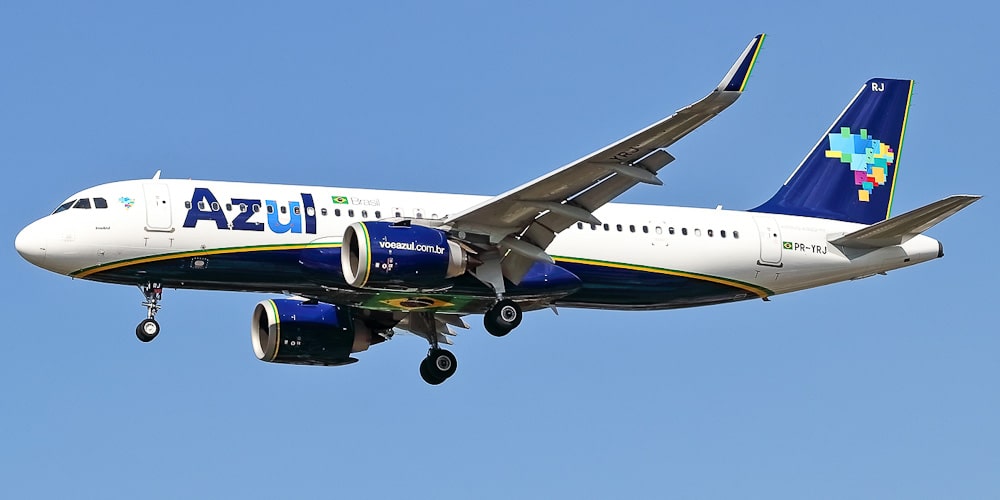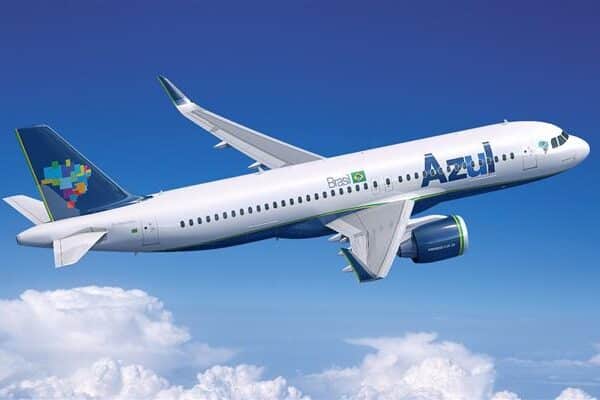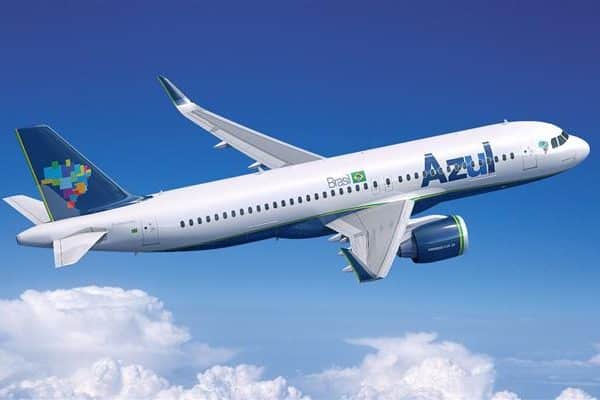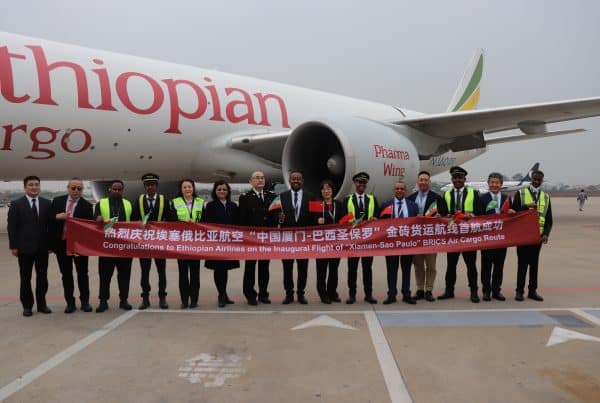Azul Linhas Aéreas, a Brazilian airline, quickly recovered from the COVID-19 pandemic, becoming one of few airlines in the world to increase revenue by 50% compared to pre-pandemic levels. The airline was able to achieve this growth thanks to a robust route map, many uncontested routes, and a diverse fleet that allows management to test and grow destinations that local competitors do not have. With themselves.
The airline plans to increase connections to 170 cities by the end of the year. Around eighty per cent of all the routes served by Azul – an airline that could be considered the perfect example of a point-to-point airline – are uncontested.
Azul has expanded its network, gaining access to more pockets of demand, thanks to a unique business model that includes a diverse fleet. Unlike most airlines, Azul operates aircraft manufactured by four manufacturers: Airbus, Embraer, ATR, and Cessna. While this may appear to be a bad decision on paper, it has proven to be Azul’s secret to aggressively growing the market in Brazil.
How Azul Has Expanded Its Market?
Azul can take a small market and start flying with a nine-seat Cessna. The airline acquired its Cessna fleet in 2020 when it bought TwoFlex and rebranded it as Azul Conecta. The airline begins to attract more demand once Cessna services are implemented, as people in small communities learn of a new flight option. Following the Cessnas, Azul may introduce a 70-seat ATR fleet if demand warrants it, followed by 118-seat Embraer E1 or 136-seat Embraer E2 aircraft, and even the airline’s current 174 or plus-seat Airbus narrowbodies.
Azul is the only airline that can do this, according to Rodgerson. Its main competitors in Brazil, GOL and LATAM, are limited by the nature of their fleets. GOL operates an entirely Boeing 737-family fleet, including several 737-800s and 737 MAX 8s. LATAM operates a narrowbody Airbus A320-family fleet as well as several Boeing widebodies.
Azul does not operate from traditional hubs like GOL or LATAM, giving the airline less negotiating power when it comes to launching service from one of Brazil’s top airports like Congonhas or Santos Dumont. Nonetheless, the airline is frequently the only commercial operator in many of Brazil’s 200+ regional airports (did you know that Brazil has the world’s second-largest number of airports, after the United States?)
Despite having many airports, Brazil has one of the lowest per capita travel rates in Latin America. A Brazilian takes 0.5 flights per year on average, whereas Chileans, for example, fly up to 1.3 times per year. According to John Rodgerson, there is a large market waiting to explode.




